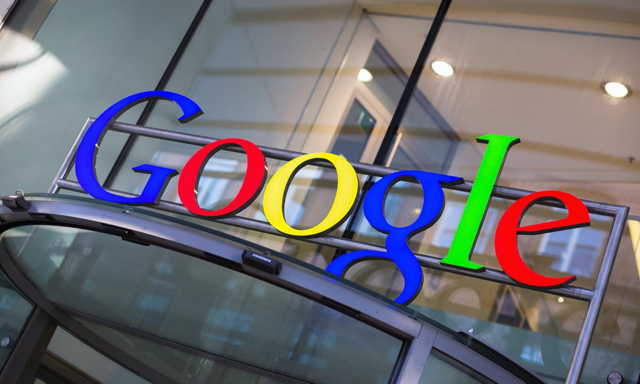Google Competes with Customers for Prime Online Ad Space
January 23, 2017
Google is among the biggest buyers of its own ads and the Silicon Valley titan is increasingly pushing its own hardware products — from Nest smart-home thermostats to the new Pixel phones — on its own site. Now a recent study shows that Google gives its own ads and those of its affiliate companies the most prominent placement nearly all the time. Google isn’t the only company competing with its customers for online ad space; Facebook and Microsoft fall into that same category. The digital advertising industry is valued at $187 billion.
The Wall Street Journal conducted the study, run by search-ad-data company SEMrush, which examined 1,000 searches each on 25 terms, from “laptops” to “speakers” to “carbon monoxide detectors.”
The analysis blocked past surfing history that might influence results and found that Google and its affiliates got the most prominent placement in 91 percent of 25,000 searches; “in 43 percent of the searches, the top two ads both were for Google-related products.”
After WSJ shared its findings with Google, “many of the ads disappeared, including nearly all from Google’s online store.” That was followed by a second analysis in December showing “Google or Nest ads in the top spot on 19 percent of the searches.” Google would not comment on the disparity.
In the European Union, antitrust regulators have also threatened to charge Google with “favoring its comparison-shopping service over rivals.” Research firm eMarketer reports that, “Google is the dominant player in online advertising, capturing 31 percent of digital ad revenue last year.”
According to WSJ, the results of its study shows “how Google uses its dominant search engine to boost other parts of its business and give it an edge over competitors, which include some of its biggest advertising customers,” a charge that Google denies, saying that it “consciously and carefully designed” its own advertising “not to affect other advertisers.”
But the SEMrush analysis found that Google searches for “phones” produced “three consecutive ads for Google’s Pixel phones,” all searches for “laptops” brought up a Chromebook ad first, and searches for “watches” began with an Android smartwatch ad 98 percent of the time.
TV stations and newspapers (including WSJ) charge set prices for ads rather than auctioning them, and often place their own ads in unused spaces. That differs from “Internet giants [that] sell ads via auctions, meaning they bid against their customers, potentially affecting the prices other advertisers pay.” Furthermore, says WSJ, “Google determines ad placements and prices based on a secret algorithm that weighs bids and Google’s assessment of an ad’s relevance and quality, calculated partly by its past click rate and landing page.”
Google claims that its own ads appear first only “because of the ad’s quality and the price Google is willing to pay,” but “online-marketing executives and analysts say Google’s ads can still affect the price, placement and performance of its customers’ ads.”


No Comments Yet
You can be the first to comment!
Sorry, comments for this entry are closed at this time.